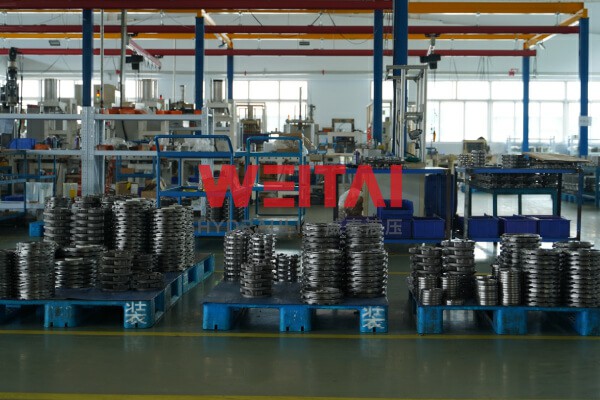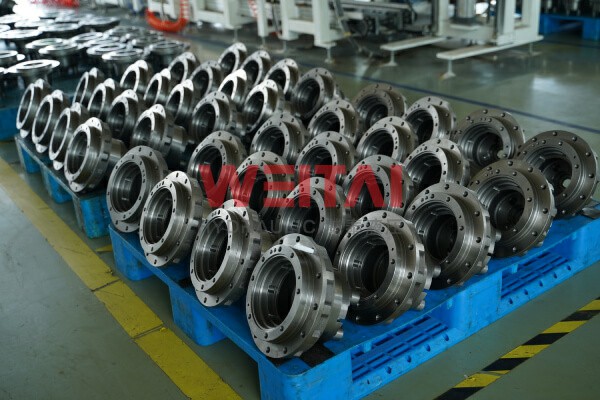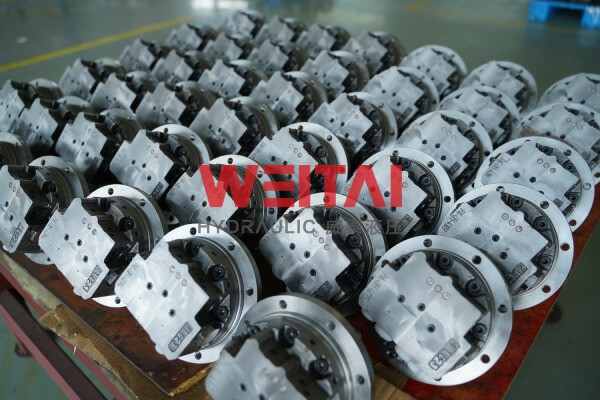Hydraulic track motors are integral components in many types of heavy machinery, providing the power and control necessary for efficient operation across challenging terrains. However, like any mechanical system, they can encounter issues that hinder performance. Understanding these common problems and knowing how to troubleshoot them can save time, reduce downtime, and extend the life of your equipment.

I. Motor Overheating
Problem:
Overheating is one of the most frequent issues with hydraulic track motors. It often occurs when the motor is subjected to continuous heavy loads, poor ventilation, or excessive ambient temperatures. Overheating can lead to premature wear of components, reduced efficiency, and eventually motor failure.
Troubleshooting Steps:
- 1. Check Hydraulic Fluid Levels: Low fluid levels can cause the motor to overheat due to inadequate lubrication. Ensure that the hydraulic fluid is topped up to the recommended level.
- 2. Inspect for Leaks: Hydraulic fluid leaks can cause a drop in fluid levels, leading to overheating. Examine hoses, seals, and fittings for any signs of leakage.
- 3. Examine the Cooling System: If your motor has a cooling system, make sure it is functioning correctly. Check the radiator, fan, and cooling lines for blockages or damage.
- 4. Reduce Load: If possible, reduce the load on the motor or allow it to cool down periodically to prevent overheating.
II. Loss of Power or Speed
Problem:
A hydraulic track motor losing power or speed can be frustrating and may indicate underlying issues such as worn-out components, hydraulic fluid contamination, or insufficient pressure.
Troubleshooting Steps:
- 1. Check Hydraulic Fluid Quality: Contaminated or degraded hydraulic fluid can lead to poor motor performance. Inspect the fluid for signs of contamination, such as discoloration or the presence of debris, and replace it if necessary.
- 2. Inspect Pressure Settings: Verify that the hydraulic pressure is set to the manufacturer’s specifications. Low pressure can cause the motor to operate at reduced power and speed.
- 3. Examine the Motor for Wear: Internal wear of components such as seals, pistons, or gears can result in power loss. If you notice excessive play or unusual noises, it may be time to replace worn-out parts.
- 4. Check for Obstructions: Ensure that there are no blockages in the hydraulic lines or filters that could be restricting fluid flow.
III. Unusual Noises
Problem:
Hydraulic track motors should operate relatively quietly, with minimal noise beyond the usual hum of the engine. Unusual noises such as grinding, whining, or knocking can indicate mechanical issues.
Troubleshooting Steps:
- 1. Inspect Bearings: Worn or damaged bearings are a common cause of grinding or knocking noises. Check the bearings for wear and replace them if necessary.
- 2. Examine the Gearbox: If your motor has a gearbox, inspect it for signs of wear or damage. Gears that are chipped or worn can produce whining or grinding sounds.
- 3. Check for Cavitation: Cavitation occurs when air bubbles form in the hydraulic fluid, causing a knocking sound. This can be caused by low fluid levels, excessive pressure, or a damaged pump. Address the root cause to eliminate cavitation.
- 4. Lubricate Moving Parts: Ensure that all moving parts are adequately lubricated. Lack of lubrication can cause friction and result in unusual noises.

IV. Slow or Erratic Movement
Problem:
When a hydraulic track motor moves slowly or erratically, it can disrupt operations and lead to inefficiencies. This issue is often related to hydraulic fluid flow, valve malfunctions, or control system problems.
Troubleshooting Steps:
- 1. Check Fluid Flow: Ensure that the hydraulic fluid is flowing correctly through the system. Blockages or restrictions in the lines can cause slow or erratic movement.
- 2. Inspect Valves: Malfunctioning or sticking valves can cause inconsistent performance. Clean and lubricate the valves, and replace them if necessary.
- 3. Examine Control Systems: If the motor is controlled electronically, check the control system for faults or errors. Ensure that all connections are secure and that the system is functioning as intended.
- 4. Monitor for Air Entrapment: Air in the hydraulic system can cause erratic movement. Bleed the system to remove any trapped air.
V. Hydraulic Fluid Leaks
Problem:
Hydraulic fluid leaks are a common issue that can lead to a host of other problems, including low pressure, overheating, and contamination.
Troubleshooting Steps:
- 1. Identify the Source of the Leak: Inspect the motor, hoses, seals, and fittings to determine where the leak is occurring. Common leak points include hose connections, seals around the motor, and the fluid reservoir.
- 2. Replace Damaged Components: Once the source of the leak is identified, replace any damaged hoses, seals, or fittings. Ensure that all connections are secure and properly tightened.
- 3. Monitor Fluid Levels: After repairing the leak, monitor hydraulic fluid levels closely to ensure that the problem has been resolved.

Conclusion
Hydraulic track motors are vital to the performance of many types of heavy machinery, but they are not immune to problems. By understanding common issues such as overheating, loss of power, unusual noises, slow or erratic movement, and fluid leaks, you can troubleshoot effectively and keep your equipment running smoothly. Regular maintenance, timely repairs, and proactive monitoring are key to extending the life of your hydraulic track motors and ensuring reliable operation on the job site. Visit news website for more technology news.
Being prepared to tackle these challenges not only helps in maintaining the longevity of the motors but also contributes to the overall efficiency and productivity of your operations.
Post time: Aug-16-2024
